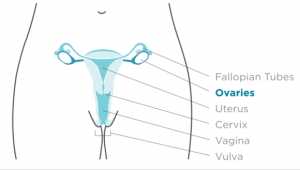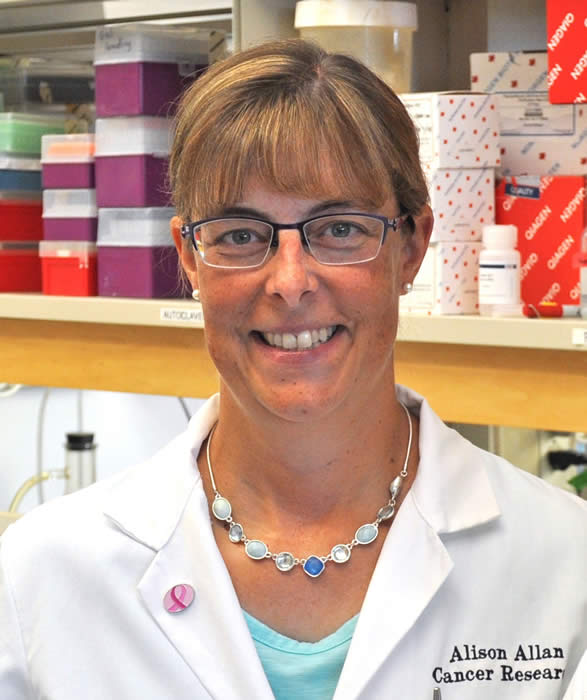Author Interviews, Biomarkers, Cancer Research / 28.11.2018
CTCA Reports Thousands of Patients Have Had Treatment Based On Precision Biomarkers
MedicalResearch.com Interview with:
Ricardo Alvarez MD MSc
Medical Director of the Breast Cancer Center
Director of Cancer Research
Cancer Treatment Centers of America, CTCA
Atlanta
MedicalResearch.com: What is the background for this study? What are the main findings?
Response: “The background of this study comes from five years of experience in one of our precision medicine programs that was launched in 2013 and this is the experience of a group of personnel from a hospital that helps physicians in five different hospitals that are a part of the CTCA network and for physicians who order a next generation sequencing test.
In this particular report, we have only one vendor, and that is Foundation Medicine and we analyze three different genomic platforms, Foundation One test, Foundation Act and Foundation One Hem.
In total, approximately 8,800 tests have been analyzed and that was the presentation at ESMO 2018. It’s important that the Precision Medicine Program (PMed) helps physicians to identify actionable and potentially actionable targets for the result of this test so patients can be treated with targeted therapy, and this can be done by selecting clinical trials or recommending patients to be treated off-label agents.
When we say off label, meaning that they are not specifically FDA-approved drugs for this indication that we are treating.”
(more…)











![MedicalResearch.com Interview with: Cole Wayant Oklahoma State University Center for Health Sciences ‐ Analytical and Institutional Research Tulsa, OK MedicalResearch.com: What is the background for this study? What are the main findings? Response: New FDA-approved oncology drugs are essential to oncology practice. These drugs may immediately change clinical care by offering better treatments for common, lethal forms of cancer. But, new FDA-approved oncology drugs are expensive and have been shown to have variable efficacy. Given the importance of new FDA-approved oncology drugs to patients and physicians, the trials that underpin the FDA-approval of these drugs must be free from bias and transparent. Therefore, we investigated the financial relationships between oncologist-authors of clinical trials that underpin FDA-approvals. MedicalResearch.com: What should readers take away from your report? Response: The key takeaway from our study is that oncologist-authors often do not fully disclose their financial relationships with pharmaceutical companies. Financial disclosures are important for the reasons of transparency and trust between physicians and other stakeholders, such as patients. Disclosing conflicts of interest helps readers interpret the findings of a research study, especially given the fact that drug companies finance their own drug trials. MedicalResearch.com: What recommendations do you have for future research as a result of this work? Response: In the future, beyond recommending that authors fully disclose all financial relationships with the sponsor of the trial, I recommend that journals use the Open Payments Database to verify the accuracy and completeness of author disclosure statements. Doing so is a small first step toward mitigating the potential for financial bias in the oncology literature.” Disclosures: I do not have anything else to add. None of the authors have conflicts of interest - financial or otherwise. Citation: Financial Conflicts of Interest Among Oncologist Authors of Reports of Clinical Drug Trials [wysija_form id="3"] [last-modified] The information on MedicalResearch.com is provided for educational purposes only, and is in no way intended to diagnose, cure, or treat any medical or other condition. Always seek the advice of your physician or other qualified health and ask your doctor any questions you may have regarding a medical condition. In addition to all other limitations and disclaimers in this agreement, service provider and its third party providers disclaim any liability or loss in connection with the content provided on this website.](https://medicalresearch.com/wp-content/uploads/Cole-Wayant.jpg)






